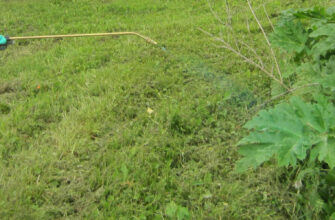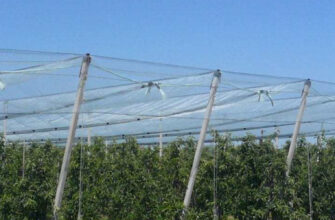Rodenticides (from Latin Rodentia – rodent and cide – to kill) are chemical compounds used to control rodent pests. In domestic settings, cats and mousetraps can effectively manage rodents, but on an industrial scale, poisons are often the only way to eliminate mice and rats. These pesticides are widely used to protect agricultural crops from rodents during growth and storage. Due to their high toxicity, rodenticides are effective but must be used with caution, as they can harm pets and humans if mishandled.
Classifications of Rodenticides
Rodenticides are classified based on their speed of action, chemical composition, mode of entry into the body, application method, toxicity class, and form of release. Read on for a detailed overview of rodenticides.
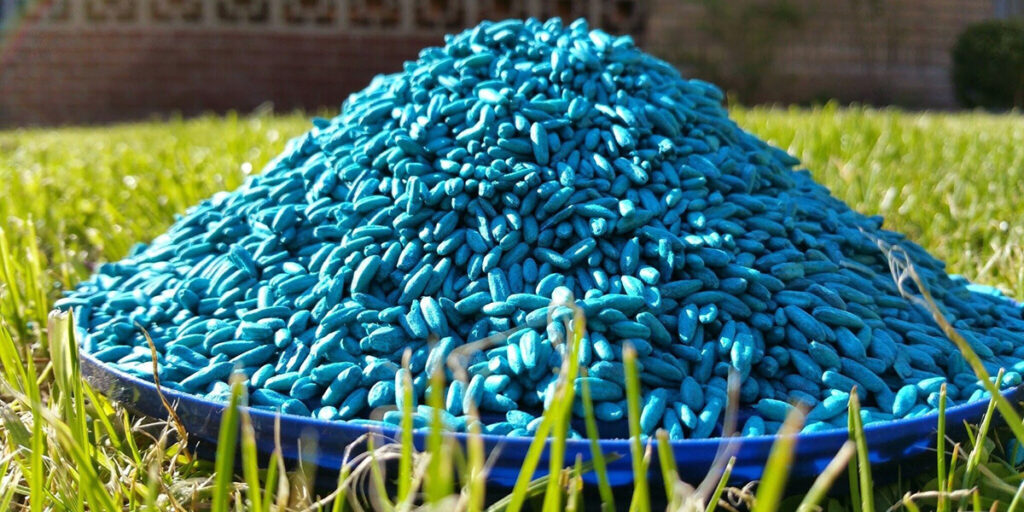
Types of Rodenticides by Speed of Action
- Acute Action Rodenticides: These eliminate rodents within a period ranging from two minutes to three days. They are typically formulated using compounds like naphthylthiourea, zinc phosphide, or fumigants.
- Subacute and Chronic Action Rodenticides: These pesticides accumulate in the rodent’s body, leading to death, usually within seven days.
By Chemical Composition
- Organic Origin: These include anticoagulants and thiourea derivatives (e.g., crysid).
- Inorganic Origin: Examples include zinc phosphide.
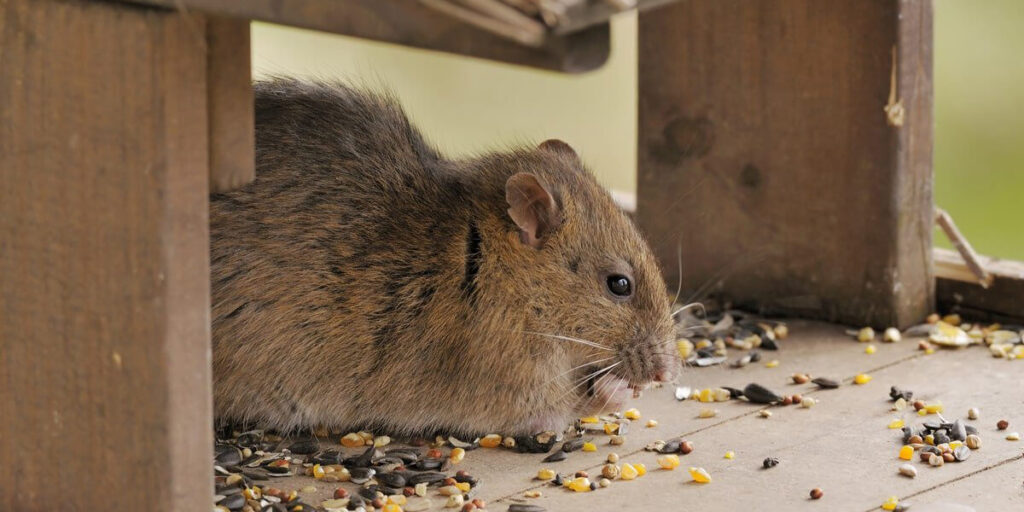
Types of Rodenticides by Mode of Entry
- Gastrointestinal: These poisons enter the rodent’s body through contaminated food (e.g., treated grain), resulting in the animal’s death.
- Inhalational (Fumigation): These agents are typically heavier than air, allowing them to penetrate burrows and other areas where pests reside. Rodents inhale the toxic vapors through their lungs and die.
Application Methods of Rodenticides
- Bait-Based: This involves placing poisoned baits in areas where rodents are active. The rodent consumes the bait and dies.
- Non-Bait-Based: In this method, poison is applied to areas where rodents live (e.g., burrows or pathways). The poison adheres to the rodent’s fur, and the animal ingests it while grooming.
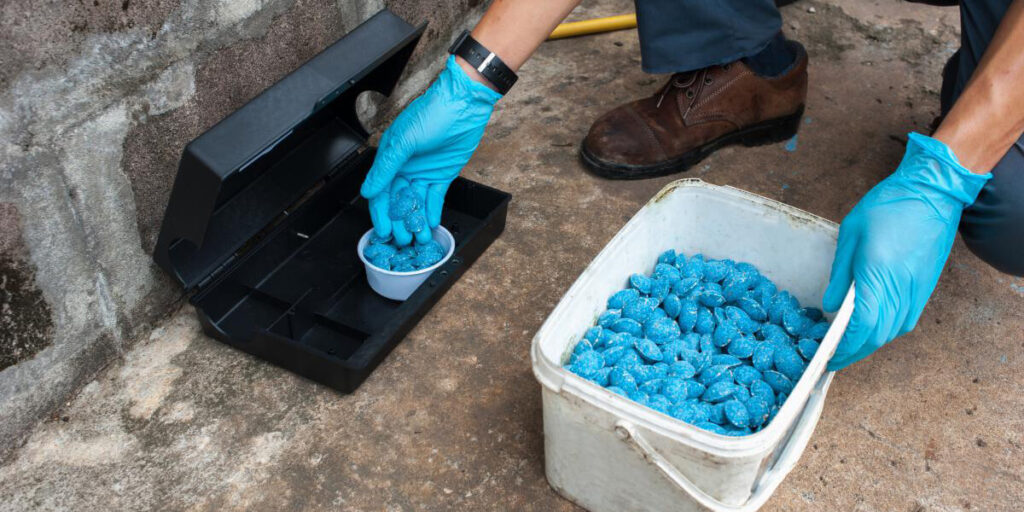
Types of Rodenticides by Toxicity
- Class I (Extremely Hazardous) and Class II (Highly Hazardous): These are prohibited for home use and are suitable only for industrial applications.
- Class III (Moderately Hazardous): These can be used independently but require strict adherence to safety precautions.
- Class IV (Low Hazard): These are safe for household use and are typically available as ready-to-use baits.
Preparative Forms of Rodenticides
- Dust
- Liquid
- Foam
- Gel
- Paste
- Briquettes
- Solid Concretions (blocks, granules, or treated grain)
Most baits contain a food base (e.g., grain) or flavoring, an active ingredient, dyes, and auxiliary materials. To distinguish baits from food products, they are often dyed in bright colors.
What to Do in Case of Pesticide Poisoning
Rodenticide poisoning is highly dangerous for humans and animals, as it can be fatal. Immediate medical attention is essential. Before emergency services arrive, take the following urgent steps:
- Remove the person from contact with the poison. If poisoning occurred via gas, move the individual to fresh air. If rodenticides were ingested, induce vomiting to clear the stomach. If the substance contacted the skin, wash it off with plenty of water.
- After stomach flushing, administer activated charcoal (1 tablet per 10 kg of body weight) or another sorbent. A laxative can also be given to expedite the removal of the poison from the body.
- Provide the doctor with the product label to ensure proper treatment.
By following these guidelines and using rodenticides responsibly, their risks can be minimized while effectively controlling rodent populations.
If you have found a spelling error, please, notify us by selecting that text and pressing Ctrl+Enter.



